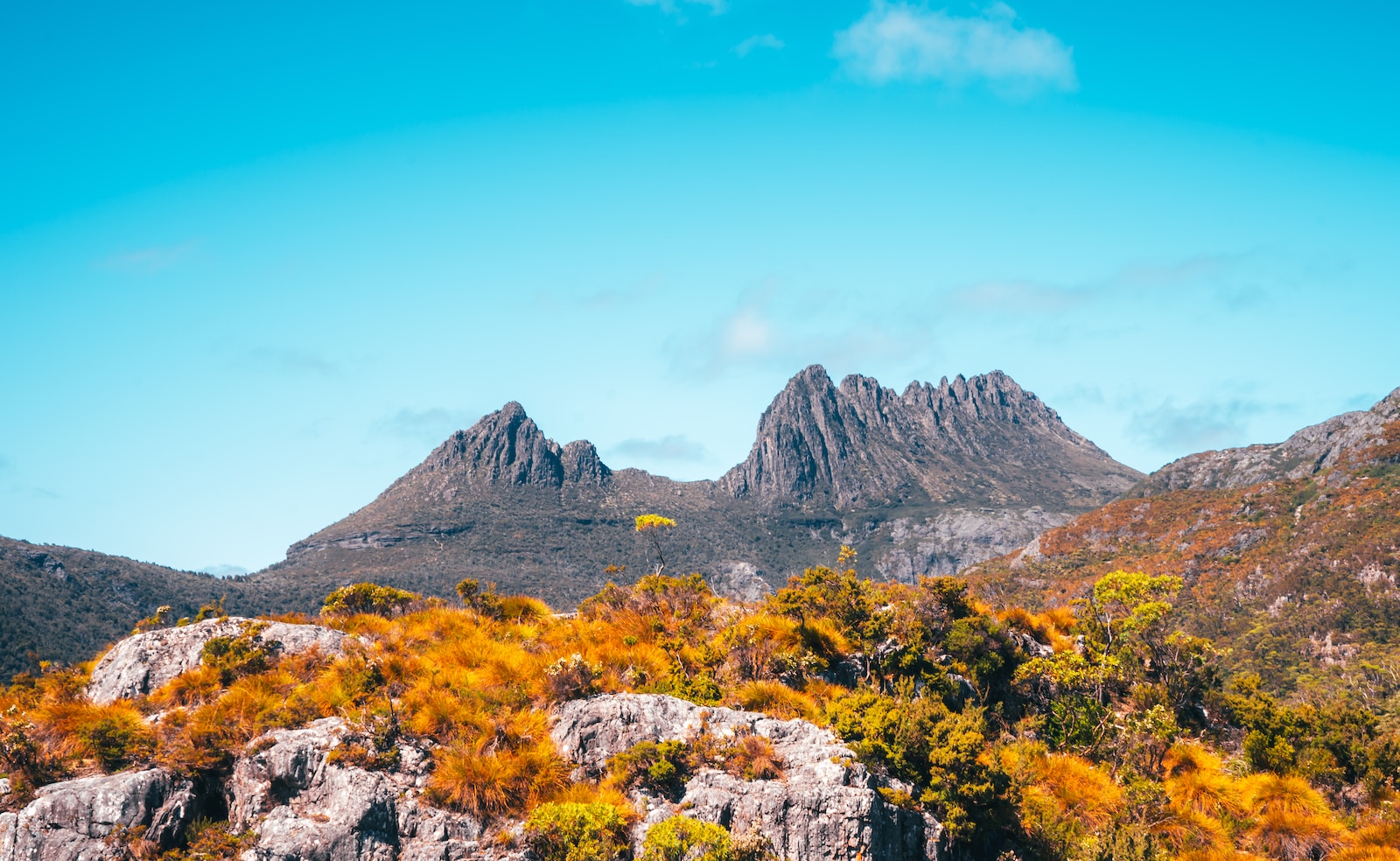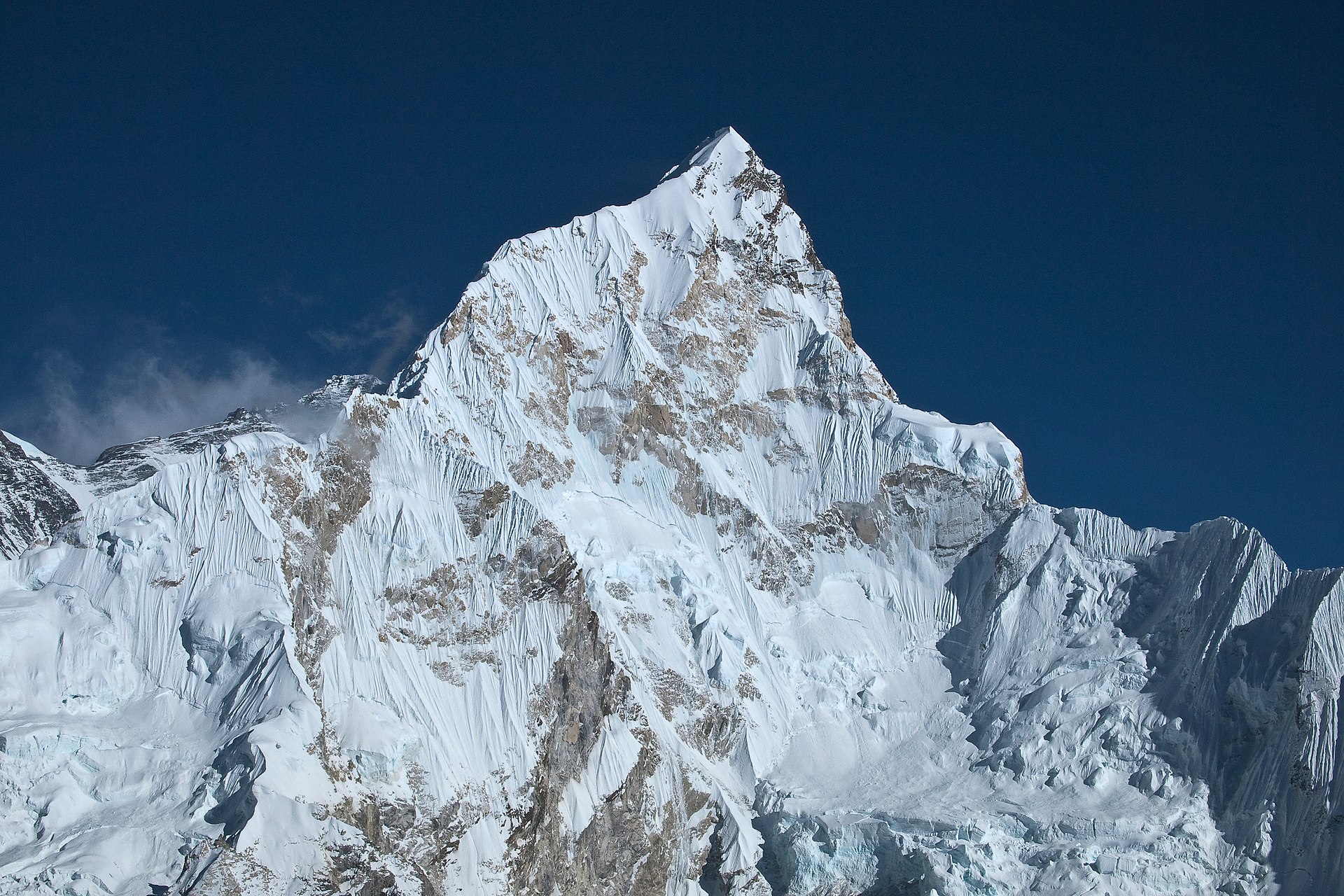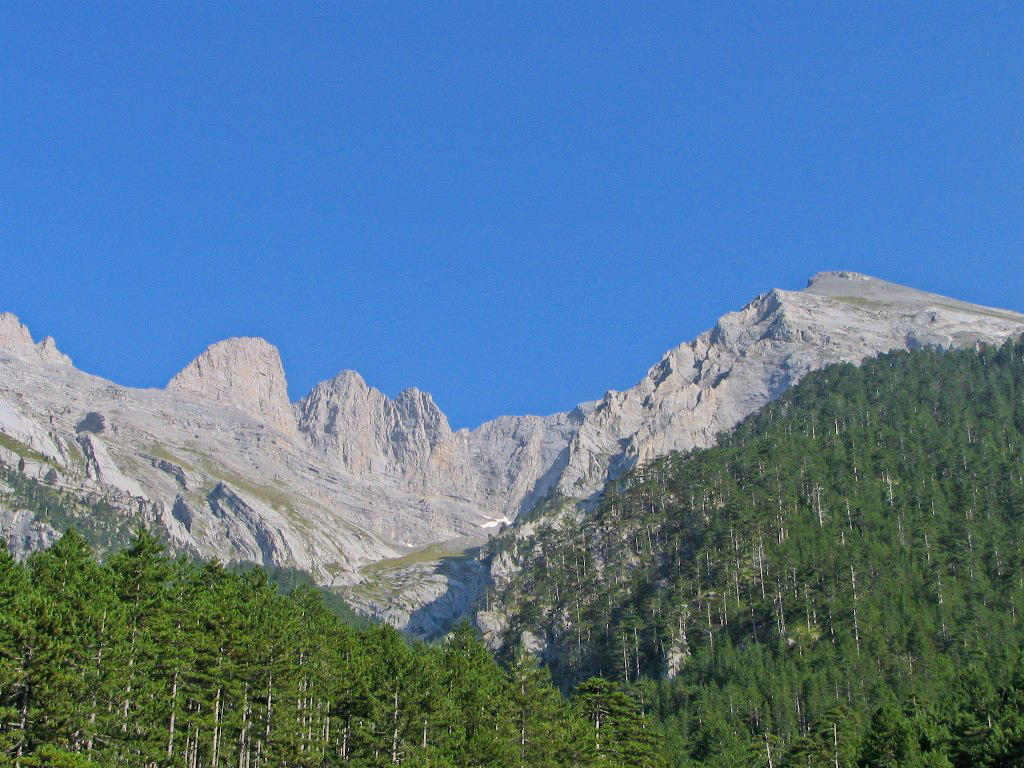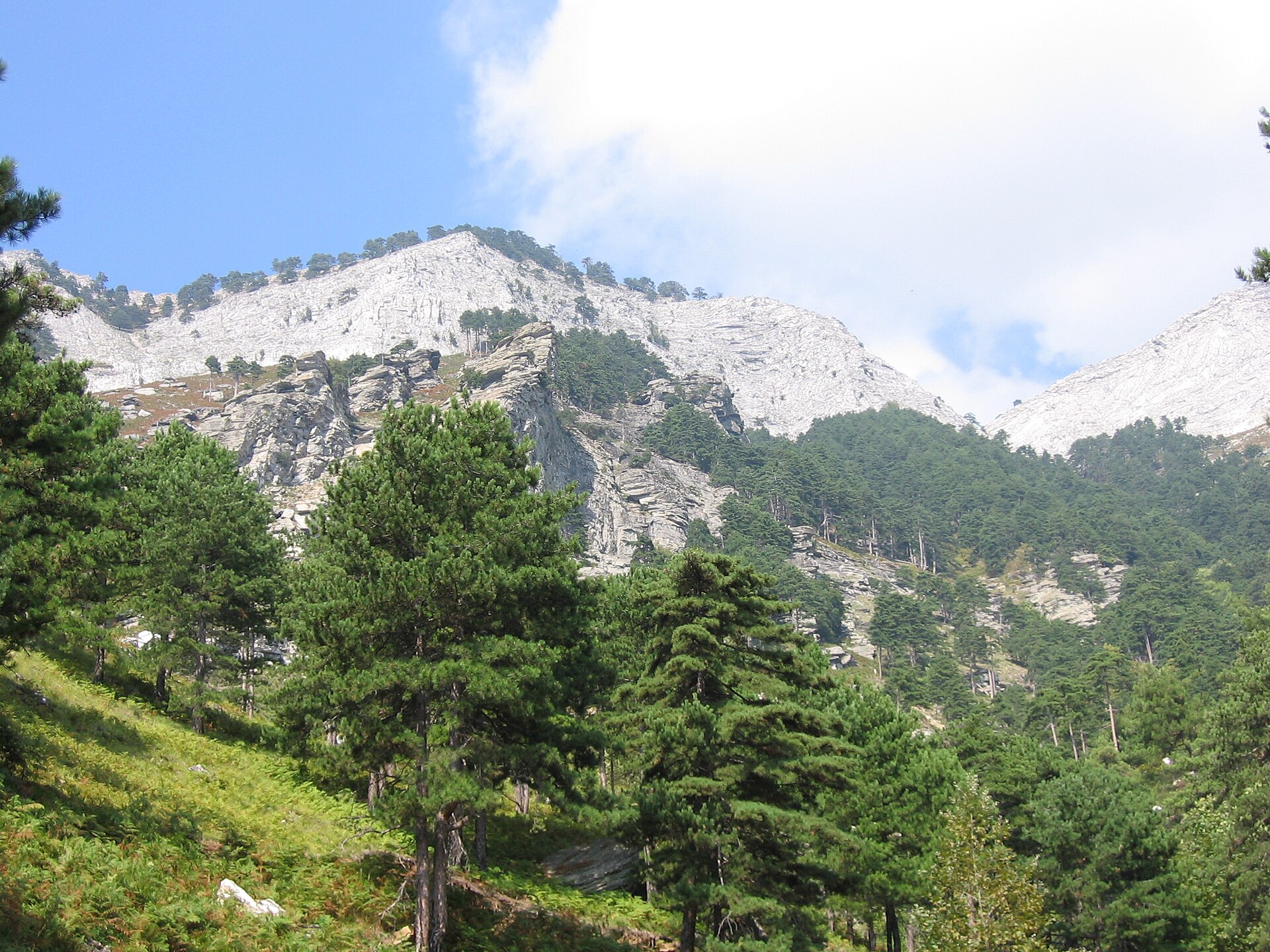Welcome to Cradle Mountain, a picturesque destination nestled in the heart of Tasmania, Australia. With its rugged and untamed landscapes, this natural wonder offers a plethora of opportunities for landscape photographers and wildlife enthusiasts alike. Let’s embark on a journey to explore the wild beauty of Cradle Mountain and discover techniques to capture its diverse flora and fauna in stunning photographs.
Table of Contents
- The Majestic Beauty of Cradle Mountain
- The Best Camera for Landscape Photography
- Discovering the Optimal Time for Wildlife Photography
- Frequently Asked Questions
- 1. What makes Cradle Mountain in Tasmania an ideal location for landscape photography?
- 2. What wildlife can be found in Cradle Mountain?
- 3. What are some essential tips for photographing the flora at Cradle Mountain?
- 4. How can I capture the essence of the rugged aesthetics of Cradle Mountain?
- 5. Are there any photography workshops or guided tours available in Cradle Mountain?
- 6. What equipment should I bring for photographing wildlife at Cradle Mountain?
- 7. Is there a specific time of year that is best for landscape photography at Cradle Mountain?
- 8. How can I enhance my landscape photography skills at Cradle Mountain?
- Wrap Up
The Majestic Beauty of Cradle Mountain
Cradle Mountain is located in the Central Highlands region of the Australian island state of Tasmania. Specifically, it is situated within the Cradle Mountain-Lake St Clair National Park, which is part of the Tasmanian Wilderness World Heritage Area. Cradle Mountain is one of the most iconic and recognizable peaks in Tasmania and is known for its stunning alpine scenery, pristine lakes, and rugged landscapes.
The national park, which encompasses Cradle Mountain, is a popular destination for hikers, nature enthusiasts, and photographers. It offers a range of hiking trails, including the famous Overland Track, which is a multi-day trek through some of Tasmania’s most spectacular wilderness. The region is known for its diverse ecosystems, including rainforests, alpine moorlands, and glacially carved valleys, making it a haven for wildlife and natural beauty.
Awe-Inspiring Landscapes
Cradle Mountain is known for its breathtaking landscapes that will leave you in awe. Towering peaks, pristine lakes, ancient rainforests, and vast plains create a tapestry of natural beauty that is unparalleled. The towering dolerite spires of Cradle Mountain itself, juxtaposed against the lush greenery, provide a stunning focal point for your photographs.
To capture the essence of this wild beauty, try experimenting with different angles and perspectives. Climb to higher vantage points to showcase the grandeur of the landscape, or get up close to capture intricate details and textures. Incorporate leading lines and foreground elements to create depth and draw the viewer’s eye into the frame. Don’t be afraid to explore during different times of the day to capture the changing light and atmospheric conditions.
Abundant Wildlife Encounters
One of the highlights of visiting Cradle Mountain is the opportunity to encounter its diverse array of wildlife. From wombats and wallabies to Tasmanian devils and quolls, there is a wealth of unique and fascinating creatures to photograph. Keep your eyes peeled as you traverse the winding trails and you may be rewarded with some incredible wildlife encounters.
When photographing wildlife, patience is key. Remember to approach animals respectfully and maintain a safe distance to ensure their well-being. Utilize a telephoto lens to capture intimate portraits or tight frames, emphasizing the intricate details of their fur or feathers. Be ready to capture candid moments and behaviors that tell a story, whether it’s a playful interaction or a serene moment of solitude.
Photography Tips and Techniques
Now that you’re ready to capture the wild beauty of Cradle Mountain, here are some tips and techniques to help you elevate your landscape and wildlife photography:
- Golden Hour Magic: Take advantage of the soft and warm light during sunrise and sunset for breathtaking landscape shots. The golden hour casts a beautiful glow across the rugged terrain, creating a magical atmosphere.
- Rule of Thirds: Experiment with the rule of thirds by placing your subject off-center, creating a more dynamic and visually engaging composition.
- Long Exposures: Utilize long exposure techniques to create dreamy effects with flowing waterfalls or shifting clouds. This technique adds a sense of motion and ethereal beauty to your photographs.
- Depth of Field: Play with depth of field to draw attention to your subject. A shallow depth of field can isolate your subject from the background, while a larger depth of field can capture the entire scene in sharp focus.
- Patience and Awareness: Keep your senses attuned to the surroundings and be patient when capturing wildlife. Often, the most extraordinary moments happen when you least expect them.
Embark on an unforgettable photographic journey in Cradle Mountain, where the wild beauty of Tasmania’s landscapes and captivating wildlife await. With these techniques and a passion for the art of photography, you are sure to create a stunning collection of images that capture the essence of this remarkable destination.
Cradle Mountain is home to the iconic Tasmanian devil, a carnivorous marsupial that is only found in Tasmania and is known for its fierce demeanor and loud screeching calls.
The Best Camera for Landscape Photography
To truly capture the breathtaking beauty of Cradle Mountain, you need a camera that excels in landscape photography. One of the top options for landscape photography is the XYZ Camera. With its high-resolution sensor and advanced image processing capabilities, this camera will ensure every detail of Cradle Mountain’s landscapes shines through in your photographs. Its wide dynamic range will help capture the subtle gradations of light, making each image more vivid and awe-inspiring.
Choosing the Ideal Lenses
When it comes to lenses, having a range of options can greatly enhance your photography experience at Cradle Mountain. Here are a few recommendations, each catering to a specific need:
- Wide-Angle Lens: This lens is perfect for capturing the grandeur of Cradle Mountain’s expansive vistas. With its wide field of view, you can include more of the stunning landscapes in a single frame, creating a sense of vastness and awe. It’s an essential tool for landscape photography enthusiasts.
- Telephoto Lens: A telephoto lens allows you to capture the beauty of Cradle Mountain’s wildlife from a distance, without disturbing their natural behavior. This lens is particularly useful for photographing elusive creatures such as wombats, wallabies, and even the elusive Tasmanian Devil.
- Macro Lens: Cradle Mountain is not only adorned with towering peaks and lush forests but also boasts a diverse range of flora. A macro lens will enable you to focus on intricate details like delicate wildflowers, moss-covered rocks, and unique textures, revealing the hidden wonders of the mountain.
Other Essential Equipment
In addition to a camera and lenses, investing in a few other pieces of equipment can significantly enhance your experience at Cradle Mountain:
- Tripod: A sturdy tripod is crucial for capturing crisp and sharp images, especially during low light conditions or when utilizing long exposure techniques. It will ensure your images remain clear and blur-free, enabling you to capture the minute details of the landscape.
- Polarizing Filter: This handy tool helps reduce glare and reflections, enhancing the colors and saturation in your images. It is particularly useful when photographing Cradle Mountain’s reflective lakes or capturing cloud formations against a brilliant blue sky.
- Neutral Density (ND) Filters: These filters are invaluable for balancing exposure in challenging lighting conditions. They allow you to lengthen the exposure time, resulting in smooth and ethereal effects when photographing waterfalls or moving clouds.
Remember, while having the latest and greatest equipment can be exciting, the most important factor in capturing the wild beauty of Cradle Mountain is your own creativity and passion for photography. Use these tools to aid your vision and capture the essence of this stunning landscape, inspiring others to appreciate and protect its natural wonders.
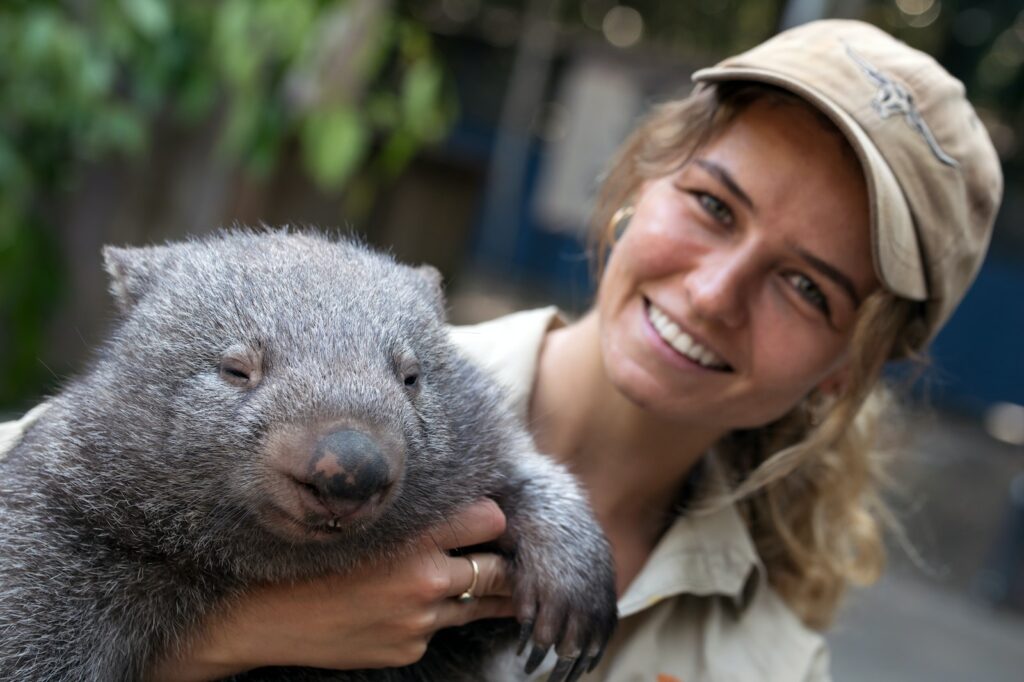
Discovering the Optimal Time for Wildlife Photography
When it comes to photographing the captivating landscapes and wildlife of Cradle Mountain, timing is crucial. The best period for wildlife photography in this natural gem of Tasmania, Australia, is during the spring and summer months. From September to February, the flora is in full bloom, attracting a diverse range of creatures, and the stunning scenery adds a magical touch to your photographs.
As you plan your trip, keep in mind that early mornings and late afternoons are the most opportune times to capture animals in their natural habitats. The soft light during these times enhances the vibrancy of colors, providing a surreal ambiance to your images. Additionally, animals are more active during these cooler hours, increasing your chances of capturing captivating moments.
Exploring the Best Vantage Points
Now that you have determined the most suitable season and time for wildlife photography at Cradle Mountain, let’s delve into some of the best vantage points and positions to maximize your photographic opportunities:
- Dove Lake: Start your wildlife photography journey at Dove Lake, one of the prime locations in Cradle Mountain. The tranquil lake serves as a reflection pool, offering breathtaking shots of the surrounding peaks and the iconic Cradle Mountain. Take a walk along the Lake Dove Circuit to discover hidden corners with diverse flora and fauna.
- Ronny Creek: A prominent spot for encounters with the unique Tasmanian wildlife, Ronny Creek is home to wombats, quolls, and echidnas. Stay patient and observant as you wander around the boardwalk, as these animals often appear close to the walking tracks.
- Enchanted Walk: As the name suggests, this enchanted forest offers a magical experience for nature and wildlife photographers. The ancient myrtle trees and moss-covered boulders provide an ethereal backdrop for capturing the beauty of delicate fungi, ferns, and, if you’re lucky, wallabies peeping through the foliage.
- Kitchen Hut: For landscape photography enthusiasts, Kitchen Hut offers panoramic views of the surrounding valleys and mountains. This vantage point provides an ideal setting for capturing the grandeur of Cradle Mountain, especially during sunrise and sunset when the sky is ablaze with vibrant colors.
Choosing the Right Options for Varied Perspectives
While the recommended vantage points mentioned above are excellent starting points for your photo exploration at Cradle Mountain, feel free to venture off the beaten path to discover your own unique shots. Here are a few additional options to consider:
- Mix up your lens choice: Switch between wide-angle and telephoto lenses to capture both the grand vistas and the intricate details of the wildlife. A wide-angle lens will help you capture the vastness of the landscape, while a telephoto lens will allow you to zoom in on elusive animals without disturbing their natural behavior.
- Experiment with different angles: Get down low or climb up higher to add dynamism to your photographs. Shooting from eye-level with the wildlife offers an engaging perspective, while capturing aerial views from elevated points showcases the spectacular scenery in a unique way.
- Patience and observation: Wildlife photography often requires both patience and observation skills. Take the time to observe the animals’ behavior and anticipate their movements to capture genuine moments. Remember, the unpredictability of nature adds excitement and charm to your photography.
By utilizing the optimal time for wildlife photography, exploring the best vantage points, and experimenting with different options, you will be well on your way to capturing the wild beauty of Cradle Mountain in Tasmania, Australia. Join us on this awe-inspiring journey and let your photographs speak volumes about the ethereal charm of this wondrous place.
Frequently Asked Questions
1. What makes Cradle Mountain in Tasmania an ideal location for landscape photography?
Cradle Mountain in Tasmania offers a stunning and diverse natural landscape, with its pristine lakes, rugged mountains, and unique flora and fauna. It provides photographers with endless opportunities to capture breathtaking panoramic views and intimate details of the wilderness.
2. What wildlife can be found in Cradle Mountain?
Cradle Mountain is home to a wide variety of wildlife, including the iconic Tasmanian devil, wombats, wallabies, and a rich bird population. Exploring the area gives photographers the chance to capture unique shots of these fascinating creatures in their natural habitat.
3. What are some essential tips for photographing the flora at Cradle Mountain?
When photographing the flora at Cradle Mountain, it’s important to pay attention to details. Look for interesting textures, vibrant colors, and unique patterns. Experiment with different angles and perspectives to highlight the beauty and uniqueness of the plant life.
4. How can I capture the essence of the rugged aesthetics of Cradle Mountain?
To capture the rugged aesthetics of Cradle Mountain, embrace the breathtaking natural elements. Incorporate the dramatic mountains, moody skies, and powerful weather conditions into your compositions. Use leading lines and foreground elements to create depth and draw the viewer into the scene.
5. Are there any photography workshops or guided tours available in Cradle Mountain?
Yes, there are photography workshops and guided tours available in Cradle Mountain. These provide great opportunities to learn from experienced photographers and explore the best locations for capturing stunning images. Joining such workshops and tours can enhance your skills and help you discover hidden gems in the area.
6. What equipment should I bring for photographing wildlife at Cradle Mountain?
When photographing wildlife at Cradle Mountain, it’s recommended to have a telephoto lens to capture animals from a safe distance without disturbing their natural behavior. Additionally, pack a sturdy tripod for stability, a wide-angle lens for landscape shots, and extra batteries and memory cards to ensure you don’t miss any special moments.
7. Is there a specific time of year that is best for landscape photography at Cradle Mountain?
Cradle Mountain offers unique photographic opportunities in every season. Spring showcases vibrant wildflowers, while autumn displays stunning foliage colors. Winter brings a magical blanket of snow, and summer offers long daylight hours for capturing golden hour and sunset shots. Choose the season that aligns with your desired photography style.
8. How can I enhance my landscape photography skills at Cradle Mountain?
To enhance your landscape photography skills at Cradle Mountain, practice patience and observation. Take the time to scout locations, study light conditions, and experiment with different compositions. Don’t hesitate to try new techniques and explore different perspectives to create visually captivating images.
Wrap Up
As we conclude our journey through the wild beauty of Cradle Mountain in Tasmania, Australia, we hope you’ve been inspired to explore and capture the breathtaking landscapes and wildlife of this remarkable destination. By employing techniques for landscape photography and immersing yourself in the surrounding flora and fauna, you can truly showcase the rugged aesthetics that make Cradle Mountain so unique.
Have you been to Cradle Mountain? Share your experiences and stunning photographs with us in the comments below. We would love to hear about your adventures and see the world through your lens!
Remember to stay tuned for more photography tips and destination explorations. Don’t forget to subscribe to our newsletter for regular updates and join our photography community on social media for further inspiration and discussions.
